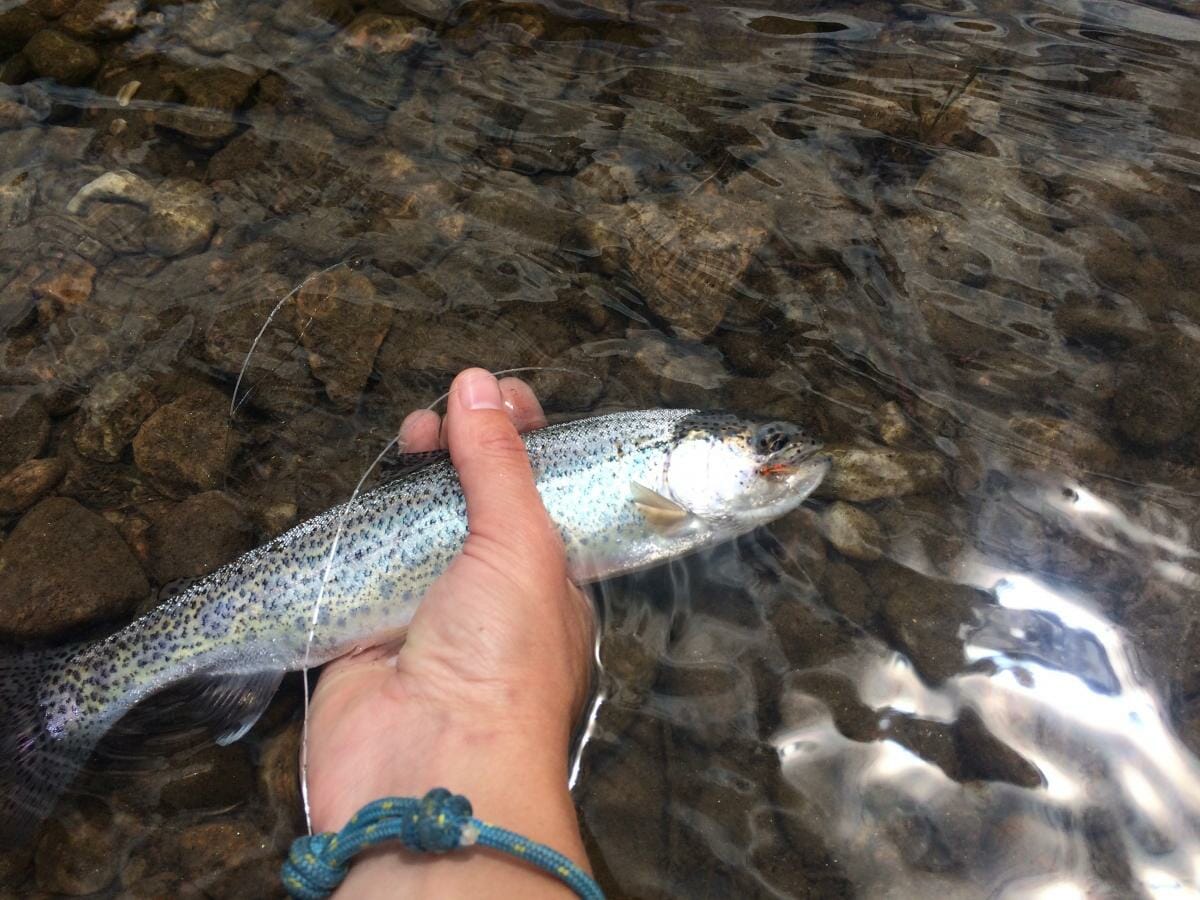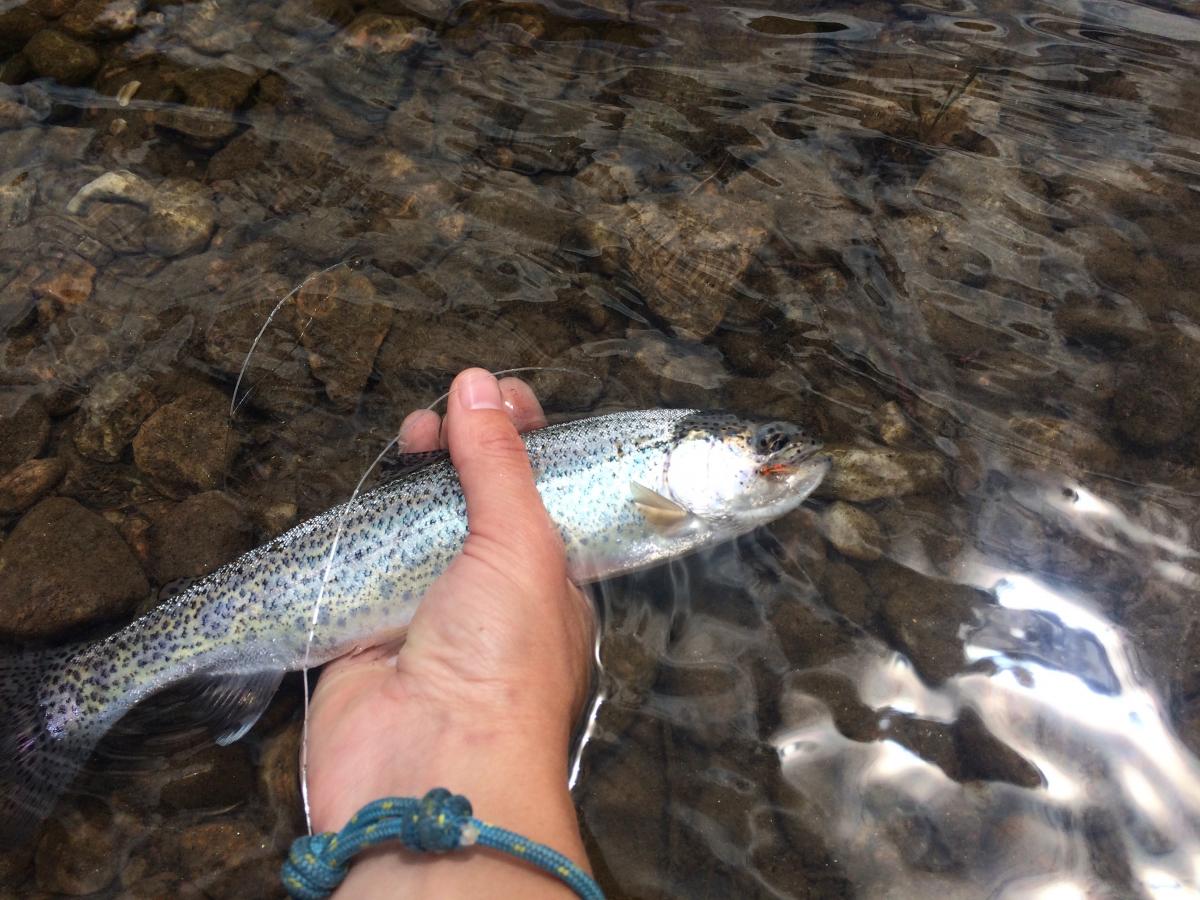News & Updates
Leave No Trace Considerations for Anglers


Pumphouse Campground and Launch Site, CO: This past week we spent time fishing and paddling along the Colorado River near Gore Canyon. Fly-fishing along a beautiful river with mountains and canyons all around is every angler’s favorite day in the outdoors. There are over 60 million anglers in United States, making it one of the most popular and oldest sports. With such a large amount of people getting out to use the nation’s waterways, utilizing Leave No Trace skills and ideas can alleviate the impacts that anglers can have.
Some examples of impacts commonly found at fishing areas are; bait cups and fishing line left on the shoreline, fish entrails left on the shoreline, and undesignated trails that form at popular areas. At popular fishing areas, being considerate to other visitors is of the upmost importance when anglers are in close proximity to each other and sometimes being almost shoulder-to-shoulder when they are casting into the water. Leave No Trace for fishing covers a lot of the same impacts and techniques that you would find in any other outdoor activity, but there are a few specific considerations for anglers.

When an angler is done with or needs to remove monofilament fishing line from their reel, they need to make sure to pack it out. According to the US Forest Service, monofilament fishing line takes 500 years to photodegrade. Fishing line can be an entanglement hazard to both wildlife and people swimming or spending time on the shoreline. The use of lead for sinkers or jigs can impact wildlife when eagles, loons, herons, and other birds ingest it and suffer from lead poisoning. Between 1980 and 1996 the University of Minnesota’s Raptor Center found lead poisoning in 138 of the 650 eagles treated. Rather then using lead, stainless steel, tin and bismuth can be a better alternative.
In the past, anglers would commonly throw fish entrails into the woods or leave them out on rocks for wildlife to consume. Leaving entrails on the shoreline can be a problem because it attracts animals like bears to popular areas, as well as it is unsightly and smells. The recommended practice is to pack entrails out in a zip lock bag and bring them home for disposal. If packing out entrails is not an option, then deep-water disposal, moving water disposal, or digging a hole to place them in is recommended. Whirling disease is a condition that affects the nervous system of rainbow or cutthroat trout by making them losing their sense of direction. If whirling disease has affected fish in your area, do not use the deep water or fast moving water disposal because the entrails can spread the disease.
Thanks for reading and remember to be like the Center’s mascot Bigfoot and Leave No Trace.
Pat and TJ – Subaru/Leave No Trace Traveling Trainer West Central Team
Leave No Trace’s Patrick and Theresa Beezley are part of the 2015 Subaru/Leave No Trace Traveling Trainer Program that provides free, mobile education to communities across the country. Proud partners of this program include Subaru of America, Deuter, Hi-Cone, REI, Smartwool, The North Face, and Yakima.
Let’s protect and enjoy our natural world together
Get the latest in Leave No Trace eNews in your inbox so you can stay informed and involved.
